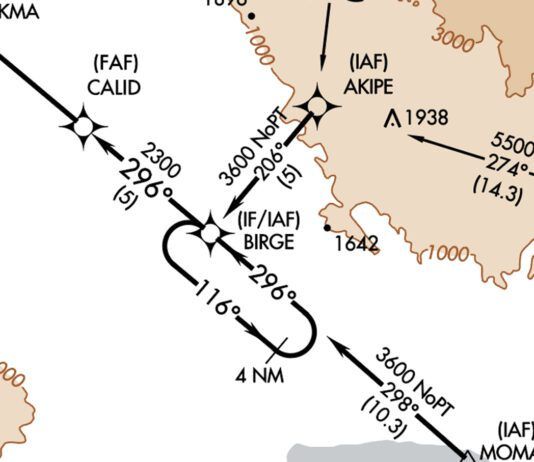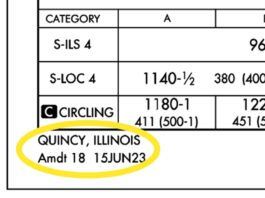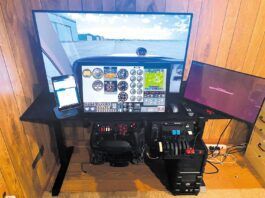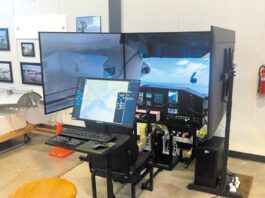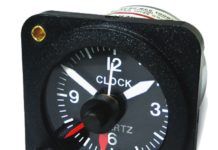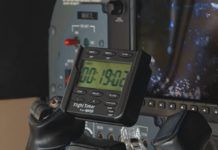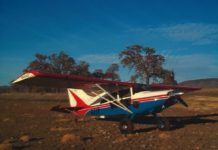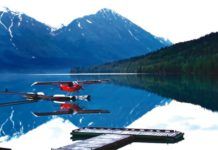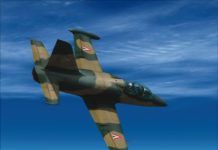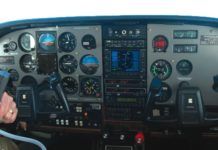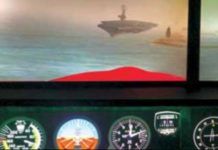Readback: November 2015
Ive spent many hours in a hotel listening to the briefer from 1-800-VFR-not-recommended drone on about places I couldnt visualize while simultaneously trying to grasp the big picture. There has to be a better way, and the answer is simply not to get rid of the FA.
Readback: October 2015
In the sidebar section Everything You Say Can and Will… of Tarrance Kramers Fibbing on Frequency in August, he said that everything you say is recorded. I once heard that a controller can put a hack mark on the tape to mark where a discussion or a disagreement has taken place. True?
Readback: September 2015
I was reviewing the December 2014 issue of IFR. On page 5, in the Readback section, you mentioned the importance of Chapter 17 in the Pilots Handbook of Aeronautical Knowledge. Which edition of the handbook were you referring to? My edition does not have a Chapter 17. Which topic were you emphasizing? Id like to get the correct edition of the handbook so I can review the material you were mentioning?
Readback: August 2015
While I was working on my instrument rating, I sought advice from a number of sources. One group of pilot friends said that with an instrument rating-or even now, to get in the habit-I should file/follow Victor airways. Another group says Why? No need to follow land-based navaids; just file direct.
Readback: July 2015
Last fall as I was departing Reno, NV (KRNO), the weather was 1500 overcast (6000 MSL), tops 10,000 MSL, surface temp +10 C and there was no precipitation. I was flying my pressurized, turbocharged, FIKI-certified Cessna 414. Id flight planned for FL 190. I hand flew the departure because that is recommended when potential icing conditions exist. In the climb I noticed light rime ice on the leading edges of the wings. I was watching carefully for decreasing performance (airspeed, rate of climb, etc.) and all seemed quite normal.
Readback: June 2015
I read your editorial The Drones Are Here with interest. You asked the question When was the last time you flew below 400 feet away from an airport? My answer is: yesterday.As a seaplane pilot, I do this all the time over bodies of water. So do thousands of other seaplane and helicopter pilots. There is no way on earth that we would ever be able to see and avoid these tiny toy aircraft-at least not in time for the avoid part-and for sure, their untrained operators would not be likely to anticipate and avoid us. It is not a matter of if, but when someone will be killed by these dangerous drone operations. I guess our lives are less important than the interests of hundreds of thousands of drone hobbyists.
Readback: May 2015
Rick Durdens December 2014 complex article about tailplane icing was well researched and well written. It also proved prophetic.At Cincinnati Municipal while my L-39 was being fueled, Bill Rieke, an icing researcher, came over to chat. He said that he thought the L-39 would be particularly susceptible to tailplane icing and stall because of the smallness of tailplane, the thinness of the airfoil and the need for ventral VGs.
Readback: June 2010
Regarding the ATC column Say More For Less in your March issue, I really enjoy reading articles like this. I take ATC very seriously and Im always interested to know exactly what they are expecting from me. I strive to be as professional as possible in the air, even though I fly just for fun. However, Im not perfect, and I can certainly be accused of wasting a lot of airtime over the years with something I cant seem to stop saying to each controller, Thanks.
Readback: May 2010
On page 14 of the February issue (Glass Panel Scans), you state that a case can be made for flying track instead of a heading assigned by ATC. This I have to hear. When a controller assigns me a heading, that is what he wants me to do, and doing something else would seem to constitute failure to follow an ATC instruction. Your thoughts?
Readback: April 2015
I see a lot of confusion between the terms VFR and VMC (as well as IFR and IMC). VMC and VFR are often used interchangeably, in fact.To me, VFR and VMC are in fact not the same because VFR refers to a set of rules that govern flight (visual flight rules), which includes airspace and so on. There are certain weather minimums to operate VFR. However, VMC can be interpreted as conditions that allow you to keep the plane upright by looking outside. You can be VMC but in VFR weather by simply being 1500 feet away from a cloud.However, while I could find VFR and IFR defined in FAR/AIM, I couldnt find anything for VMC. Are you aware of any FAA guidance on this?
Readback: March 2015
Have any other nitpickers written about the illustration on page 15 of your November 2014 issue accompanying the Simulators Are Not Airplanes sidebar? The author of the very good article writes about how we developed our own VOR approach to a carrier in San Francisco Bay. And the illustration shows a small plane at 200 feet and 75 knots airspeed, headed straight for a carrier deck, apparently on final approach.
Readback: April 2010
In response to your article What is Minimum Fuel? (Feb 2010 IFR):I believe that the single most important thing to do at your first thought that you may be running tight on fuel is to slow down to your max range power setting-which is about 40-percent power in most small planes-and lean to 50-degrees lean of peak EGT. This will allow you to fly the longest distance with the remaining fuel before you drop from the sky. The distance is what is important, not the time.

